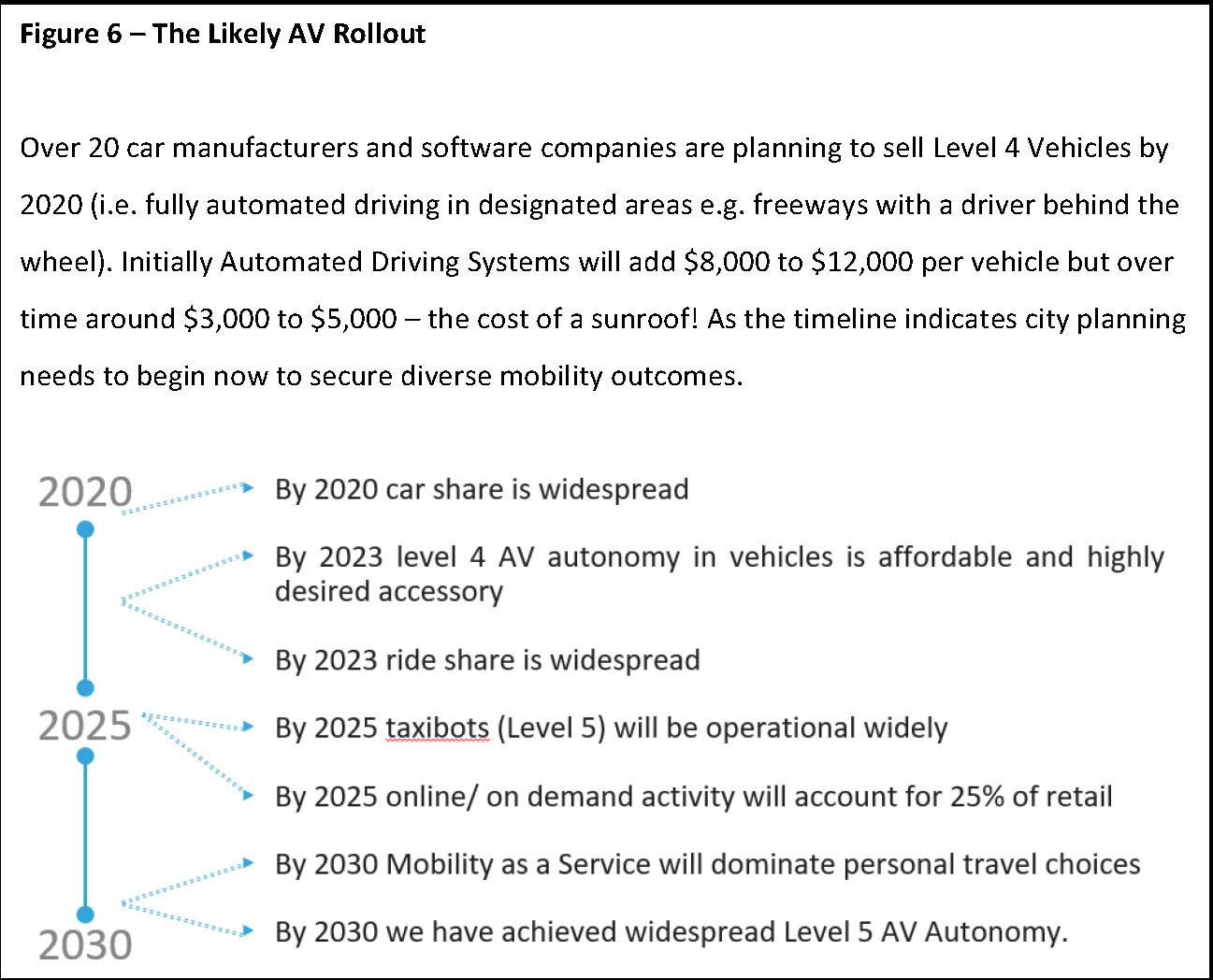 Reinventing Your Town Centre: Autonomous Vehicles, Online Retail & Last Mile Delivery Masterclass
Reinventing Your Town Centre: Autonomous Vehicles, Online Retail & Last Mile Delivery Masterclass Wednesday 14 November 2018 8am - 11am
Keynote Presenter
Brian Haratsis, Executive Chairman, Macroplan Dimasi & National Co-Chair, Australian Driverless Vehicle Initiative
Tickets $350 Standard
Download Masterclass Information Flyer
Masterclass Summary
Automated Vehicles, ride-share and car-share and their relationship to public transport will change the spatial structure of Australian cities on a scale equivalent to the replacement of the horse and buggy with the motor vehicle within 10 years.
The reasons for this outcome can be summarised as follows:
- More frequent / cheaper vehicle travel leading to new patterns of travel
- Willingness to remain in vehicles longer
- Potential accelerating / compounding impacts of the co-introduction of EVs as vehicle operating costs reduce
- Overall vehicle hours travelled due to the introduction of AVs between 2011 and 2031 up to 24% higher with AV and 43% higher with EV / AV. Public transport share of travel in this scenario drops 14%
- More long distance commuting trips and substitution of local trips for longer trips to more desirable locations
- Significant increases in congestion due to a mixed traditional vehicle and AV fleet adding to already significant baseline increases in traffic congestion assessed by infrastructure Australia (2015, 2016) i.e. 20-25% over the baseline forecast
Australian town centres have evolved through the bulky goods revolution and are now exposed not only to online retailing but also to the impacts of artificial intelligence and changing social and mobility patterns.
However this looming change also represents the greatest opportunity for Town Centres to capitalise on technological development in close to a century.
The Likely AV Rollout Scenario: 2020-2030
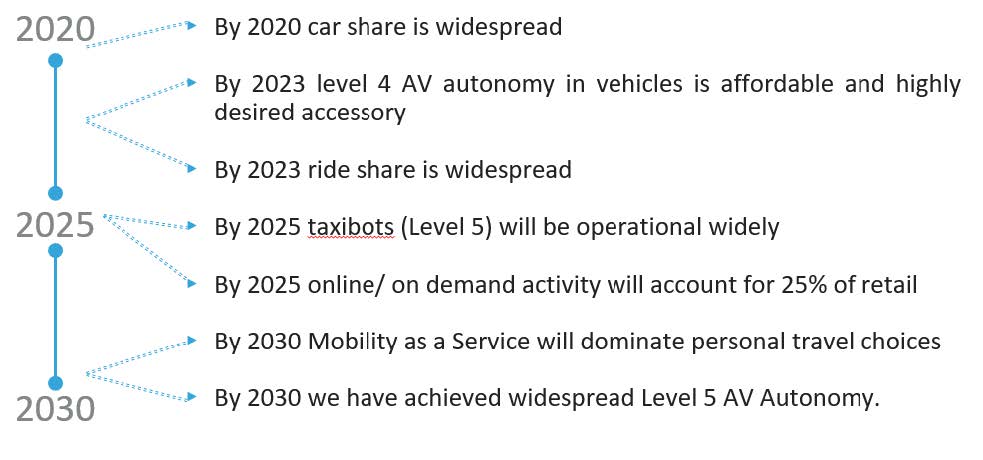
This includes mandating EVs for major capital cities (Sydney / Melbourne) by 2030 and Level 5 i.e. taxibots (back to base AVs) by 2035 as a key element of a Mobility as a Service platform.
These mandates are important because it could significantly:
- Increase ride-share and car-share
- Reduce travel costs. Estimates vary from 50% to 80% reduction in travel costs per kilometre per household
- Reduce infrastructure requirements because the number of cars on the road would reduce significantly.
- Improve the efficiency, usage and viability of public transport if AVs are integrated with PT rather than compete with PT. Estimates of negative impacts on PT vary from -30% to -15% ridership with no integration
- Reduce pollution, noise and greenhouse gas emissions because a diverse mobility transport network requires low operating cost vehicles which can perform 24 hours per day, 7 days per week. This will make Electric Vehicles significantly more financially attractive because EV operating costs are around 80% lower than Internal Combustion Engines over long operating distances e.g. 1 million kilometres
- Reduce traffic deaths and traffic accidents. Estimates vary between 50% and 90% reduction. BITRE estimated the cost of road crashes (fatalities and accidents) at $17.85 billion or 1.7% of GDP in 2006. Estimates vary between 50% and 90% reduction in 1200 deaths and 36,000 hospitalisations annually
- Reduce traffic congestion. Costs were reported by Infrastructure Australia to be around $53.6 billion in 2015. At least 50% ($18.5 billion) of the increase in cost of congestion could be avoided.
- Increase productivity levels in urban areas. This will increase significantly with improved access to better education and better jobs
- Reduce inequality by creating access to higher paid jobs
- Reduce Infrastructure costs. Road Infrastructure efficiency will increase dramatically reducing expenditure requirements. Estimates suggest that freeway capacity is improved by 22% with a 50% market penetration of AVs and 80% with a 100% market penetration (Pinjar et al 2013). Public transport efficiency can also be significantly improved
- Improve social inclusion for persons unable to drive including the elderly, ill and persons with a disability
- Improve connectivity of regional towns and many remote areas.
Many factors need to be reconsidered, such as the impacts that AV will have on existing town centrea and retailing. Traditional bricks and mortar retail has suffered in the digital age due to the prevalence of online retail, which now represents 12% of all retail sales in Australia, which MacroPlan has forecast to reach 16% by 2026. AVs will significantly facilitate the reduction of costs in last-mile delivery through the use of deliverybots and this will translate into easier and cheaper online shopping. AVs also represent a chance for traditional retail, especially retail with embedded parking (i.e. shopping centres) to reverse their fortunes and capture market share by making use of AVs to increase their connectivity, their accessibility and make use of underutilised night-time parking to house AV fleets, car-share and ride-share fleets.
The bottom line is that the nascent mobility revolution can be managed to meet significant social, economic and environmental outcomes. This is why harnessing the AV platform is important.
UNDERSTANDING THE IMPACTS ON TOWN CENTRES
The best way to understand the importance of managing the introduction of AVs is to consider the Freeway Building era (which is still persisting). As personal vehicle travel disrupted public transport, the public sector response was ‘demand accommodation’. This meant endlessly building more freeways to ‘fix’ traffic congestion.
Cities around the world (with some notable exceptions) have been decimated by freeway building and traffic congestion. In Singapore for example 12% of land is used for roads and 14% is used for housing. In the USA it is estimated that car parking which could be released with the introduction of Level 5 AVs could increase available land areas for open space or community uses in urban areas by 10%. In the US there are 6 spaces for every car.
THE FREEWAY ERA
Figure 1 Passenger Transport Share (per cent), Personal Vehicle Travel and Public
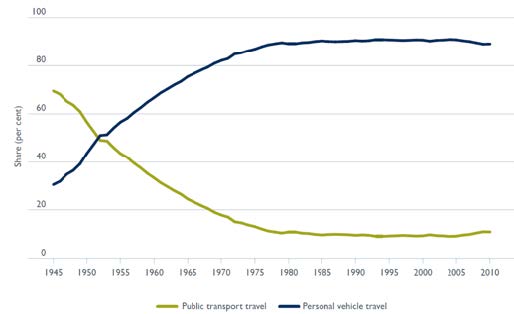
Source: BITRE Estimates, ‘Public Transport use in Australia’s capital cities: modelling and forecasting’ Page 27

At a local city building level not only can streets and car parks be repatriated to the community, but the efficiency of land use can improve dramatically. With the advent of EVs, noise levels also reduce significantly.
Diverse mobility requires rethinking of travel speeds and connectivity. For example local streets can be reduced to 20kmh to 30kmh to harmonise the moving speed of all vehicle types. Further, shared parking solutions (as well as shared vehicles) can reduce housing costs and vehicle / human interaction to improve safety.
Connectivity implications at a whole of city level have been considered comprehensively in Singapore, where the introduction of AVs is considered part of the ‘Singapore Urban Mobility Challenge’. This contrasts sharply with Australia where the focus for the introduction of AVs has been to accelerate the introduction of personal AVs.
The Singapore approach has four thrusts – make personal vehicle usage unnecessary, optimise peak hour travel, improve resource efficiency and to devise a new paradigm for urban logistics. Comprehensive thinking in this way has led to new concepts for building future town centres as shown in Figure 2 and 3. With long lead times in planning town centres in Australia (circa 10-15 years) new thinking is required to harness the potential of diverse mobility outcomes.
Figure 2 Pedestrian Only Zones, New York City
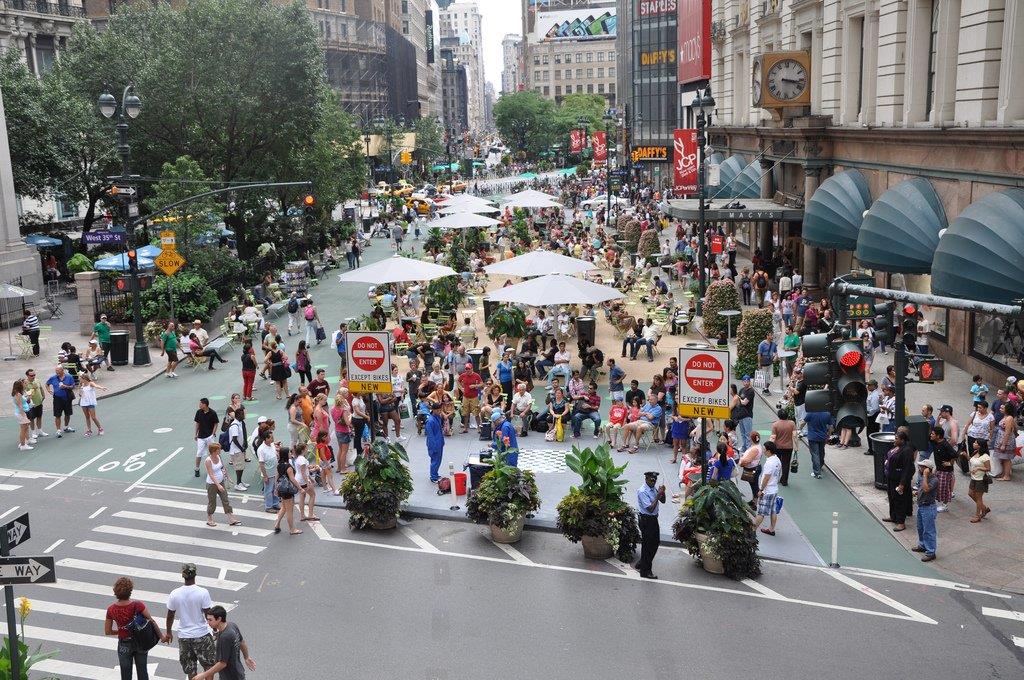
Figure 3 Concept of a Future Town Centre in Singapore with Self-Driving Vehicles (Day Time)
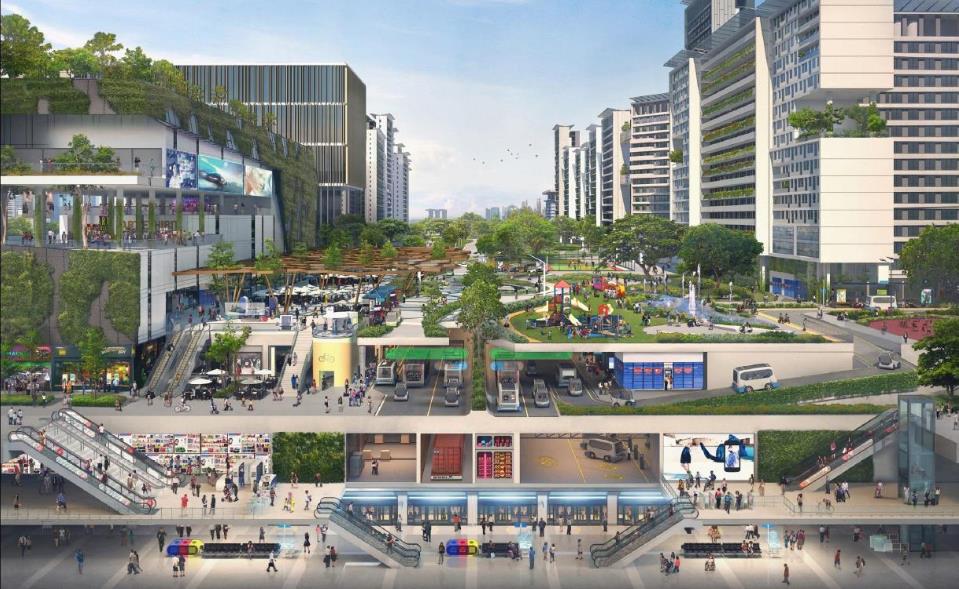
For town centres in particular, short-term asset repositioning is essential to:
- Synthesize the location, demand and supply of car-parking
- Understand retail expenditure in relation to car parking and diverse mobility
- Understand the importance and impacts of the likely decline in walkability
- Understand new trade catchments due to AV shuttles, car share, ride share and ultimately level 5 AVs.
- Understand the new roles for town centres complementing online retailing, competing in the last-mile delivery market and introducing new functions including car share/ride share, local delivery points and pick-up points plus end of trip facilities for active transport
- Understand the direct impacts of online retail, last mile delivery and AVs need to be considered in the light of broader technology opportunities in relation to the role of town centres capturing B2B and B2C collaboration, accommodating the gig and share economies including collaborative work and education spaces and refocusing centres with health, recreational, lifestyle and cultural facilities and products. The diagrams on the following page demonstrate some of the functional implications.
Figure 4 Traditional Retail Centre Driven Walkable Catchment
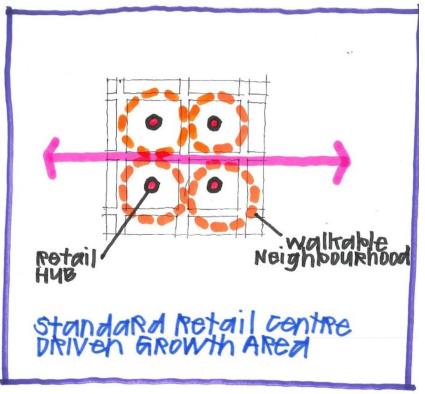
Figure 5 Collaborative Network Driven Activity Centre
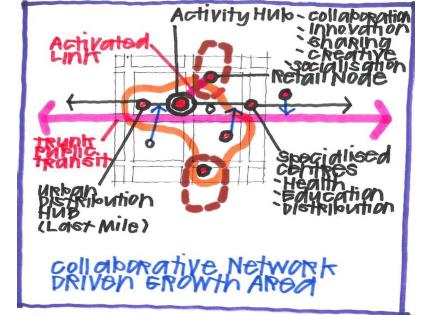
Source: Yurie Tyblewych (Destructive Cities, Brian Haratsis 2016)
The case for understanding the impending revolution is compelling. Town centres need to harness mobility as a service (MaaS) platforms, reposition parking and delivery assets, create new collaborative spaces, take control of last mile delivery and harness their competitive positioning as diverse mobility transport nodes. This is part of a broader evolution from retailing to places of social cohesion, personal and business development.
APPENDIX
WHAT IS A DIVERSE MOBILITY ACTION PLAN? |
|
|
|
|
|
|
|
o Age structure / SEIFA o Place / type of employment o Number of vehicles |
|
|
o Low PT access / low car ownership o 75 years + age group o Persons with a disability o Etc. |
|
|
|
|
|
|
|
|
